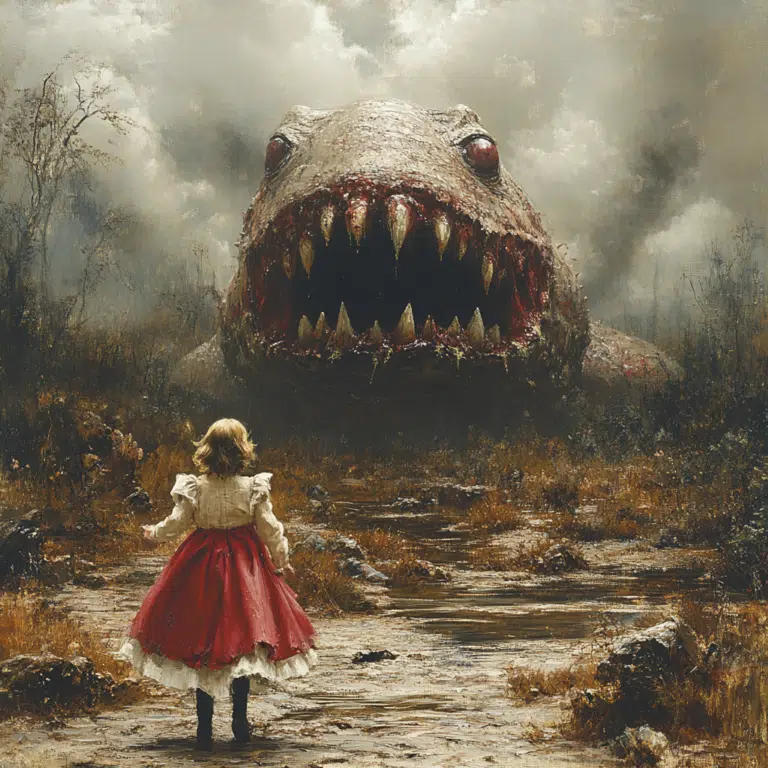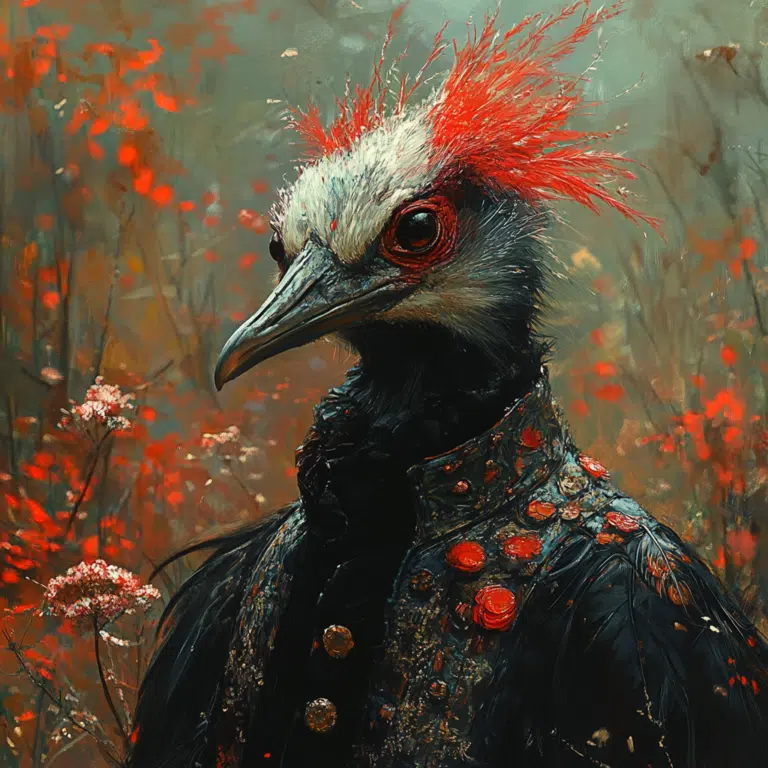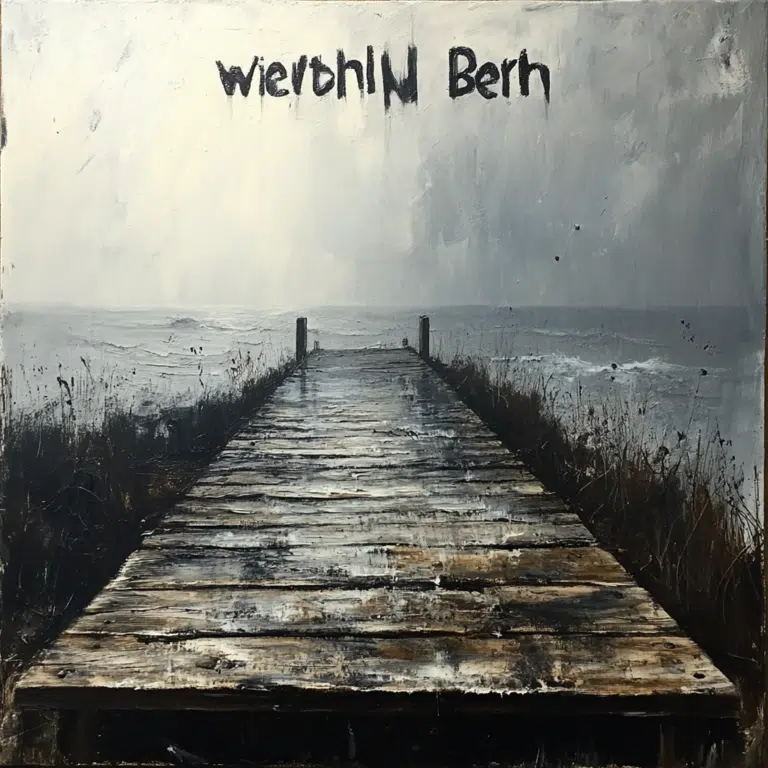The Birth of a Cinematic Legend
Born as Friedrich Gustav Max Schreck on September 6, 1879, in Berlin, Germany, Max Schreck left an indelible mark on the film industry with his jaw-dropping portrayal of Count Orlok in the 1922 silent film “Nosferatu.” Initially joining the German theater scene, Schreck’s move to Friedrich Wilhelm Murnau’s production catapulted him to unexpected stardom. Providing an eerie yet captivating presence, Schreck’s performance remains one of the most iconic representations of a vampire in cinema history.
To understand Max Schreck’s rise, we need to look at his early life. With a keen interest in acting, he joined a local theater troupe, quickly gaining credibility for his intense performances. The transition to film was revolutionary for Schreck. Despite facing initial skepticism, he embraced the silent film format, where his physical features and expressive eyes became powerful storytelling tools.
The Role that Defined a Genre: Nosferatu (1922)
When F.W. Murnau chose Max Schreck for the role of Count Orlok, the haunting vampire in “Nosferatu,” it was a masterstroke that would define horror in the silent film era. The film itself was an unauthorized adaptation of Bram Stoker’s “Dracula,” which almost led to its destruction due to copyright issues. Nevertheless, Schreck’s gaunt figure, elongated fingers, and otherworldly demeanor drew in audiences worldwide, setting a benchmark for vampire portrayals.
This role wasn’t just revolutionary for horror but for cinema as a whole. “Nosferatu” explored themes of fear, the supernatural, and the macabre in ways that had never been done before. Max Schreck’s portrayal of the ancient terror was profoundly unsettling, imbuing Count Orlok with a primal fear that gnawed at the psyche. As a result, his silent, monochrome movements and expressions became the gold standard for the horror genre.
| Category | Details |
| Full Name | Friedrich Gustav Maximilian Schreck |
| Date of Birth | September 6, 1879 |
| Place of Birth | Berlin, German Empire |
| Date of Death | February 20, 1936 |
| Place of Death | Munich, Germany |
| Occupation | Actor |
| Years Active | 1904–1936 |
| Notable Works | *Nosferatu* (1922) |
| Role in Nosferatu | Count Orlok (Dracula) |
| Acting Style | Expressionist, known for his haunting and intense performance |
| Education | Attended the Berlin Royal Academy of Theatrical Arts |
| Early Career | Primarily worked in theater before transitioning to film |
| Legacy | Regarded as a pioneer in horror cinema; his portrayal influenced future depictions of vampires |
| Other Roles | Appeared in various German films such as *Der Richter von Zalamea*, *Die Straße*, and *The Trap* |
Max Schreck vs. Bela Lugosi: Vampiric Titans of Their Time
Bela Lugosi’s portrayal of Dracula in Tod Browning’s “Dracula” (1931) is often the immediate image conjured when one thinks of the vampire archetype. Lugosi brought a sense of European aristocracy and charm to his role, contrasting with Schreck’s grotesque and otherworldly monster. This divergence between their portrayals illustrates the flexibility and enduring appeal of vampire mythology.
While Lugosi operated within the established bounds of human charisma, Max Schreck embodied the primal, repulsive fears lying in our subconscious. For instance, Schreck’s Orlok was all-foreboding shadow and grim reflection, invoking the kind of elemental terror that transcends time. Lugosi’s Dracula had more human traits, albeit shrouded in creepy elegance, addressing a different shade of fear.
The Influence Beyond Film: Shaping Vampire Mythos in Popular Culture
Max Schreck’s influence extends far beyond the silver screen. His depiction of Count Orlok has echoed through decades, inspiring works of fiction, music, and visual arts. For example, Lou Reed paid homage to Schreck in his song “The Day John Kennedy Died,” alluding to his eerie presence. Moreover, the Swedish band Hellacopters named one of their songs “Nosferatu” in explicit tribute.
Even more contemporary media like the popular TV series, “Buffy the Vampire Slayer,” and the novel “Interview with the Vampire” by Anne Rice have nods to Schreck’s legacy. Shows and books often incorporate elements of Schreck’s characterization, adding layers to the vampire mythos. These tributes show how Max Schreck’s impact reverberates through artistic realms, melding into various forms of storytelling.
The Enigma of Max Schreck’s Life: Separating Man from Myth
One of the most enigmatic aspects of Max Schreck’s legacy is the blend of reality and myth that surrounds his persona. Some, like film critic David Skal, have suggested that Schreck was so convincing as Count Orlok because he embodied the character on and off the set—an idea further popularized by the fictional film “Shadow of the Vampire” (2000) starring John Malkovich and Willem Dafoe.
In reality, Max Schreck was a dedicated method actor, earnest to his contemporaries but somewhat reclusive. Stories around his life became an intoxicating mix of truth and folklore, enhancing his allure. The legend of Schreck as both man and mythical figure continues to intrigue audiences, a testament to his enigmatic nature.
Impact on Modern Horror Films and Literature
The terrifying allure created by Max Schreck dovetails seamlessly into today’s horror films and literature. Directors like Guillermo del Toro have frequently cited “Nosferatu” as an influence, evident in creature designs and atmospheric tension seen in films like “Pan’s Labyrinth.” Literary adaptations such as Stephen King’s “Salem’s Lot” owe significant narrative debt to Schreck’s Orlok.
The grotesque yet almost sympathetic monster feeding on human fears remains a potent theme. Directors utilize these influences to create layered narratives and complex captures, offering dark, rich contexts that echo the eerie chilling atmosphere brought by Schreck. His impact thrums at the very heart of what modern horror strives to achieve.
An Eternal Shadow: The Legacy of Max Schreck
Impressions cemented by Max Schreck’s performance in “Nosferatu” have not just endured but flourished, impacting every corner of horror fiction, from the visual arts to literature. His haunting portrayal redefined the vampire trope into something both abhorrent and captivating, something that modern-day creators still look back to for inspiration.
Max Schreck’s career may have been bolstered by a single, extraordinary performance, but it’s precisely that rarity which amplifies his legend. The unanswered questions about his life and method die-hard fans and scholars cherish embodying the enigmatic qualities that made Count Orlok unforgettable. Through the ages, as cinema and culture evolve, the shadow cast by Max Schreck remains a testament to the power of transformative performance and the enduring allure of the vampire mythos.
Unlike some fleeting legacies, Max Schreck’s enduring mark on cinema and culture is a fascinating blend of art and enigma that continues to captivate us as much now as it did those audiences over a century ago.
Max Schreck: The Legendary Vampire Icon
Unveiling the Man Behind Nosferatu
Max Schreck, the German actor from the early 20th century, is best known for his eerie portrayal of Count Orlok in the 1922 silent horror film Nosferatu. But there’s more to Schreck than his famous vampire role. For instance, his name “Schreck” actually means “fright” in German—how fitting! Schreck’s on-set demeanor was rather mysterious. Some even thought he was a real vampire because of his convincing appearance and the way he stayed in character, a behavior stretching beyond mere tomfoolery meaning adherence.
A Life Largely in the Shadows
Born Friedrich Gustav Maximilian Schreck in Berlin, he initially performed in theater before transitioning to films. Intriguingly, many believe his nature reflected some traits his eerie character—solitary and enigmatic. But even though his stage persona obscures much of his personal life, Max Schreck’s impact on horror cinema is undeniable. Just ask Mary Elizabeth Mastrantonio’s disability awareness programs, where maintaining a strong and vivid impression on stage or screen can play a significant role in advocacy and representation.
A Name Synonymous with Horror
Besides Nosferatu, Schreck appeared in several movies, yet it was his ghastly visage as Count Orlok that immortalized him. His role in the film deeply influenced how vampires were depicted in cinema thereafter. It’s fascinating that while Schreck’s daylight savings 2024 Maryland contribution to horror was profound, his overlap with contemporary advances like daylight savings could strike as happenstance. Today, his legacy lives on, inspiring actors like Serayah Movies And TV Shows well beyond their prime.
The Human Touch in an Otherworldly Role
Max Schreck’s career may seem overshadowed by his vampire role, yet there were bits of humanity in his art. Similar to how Melissa Stark demonstrates diverse skills in sports journalism, Schreck brought versatility and depth to his roles. Even Donald O’Connor admired Schreck’s ability to transform completely into different characters, showing that Schreck’s skill set went far beyond the sinister Count Orlok. For film buffs, his portrayal of Orlok is like a Moonlight Graham appearance in the world of horror—brief but eternally memorable.






























